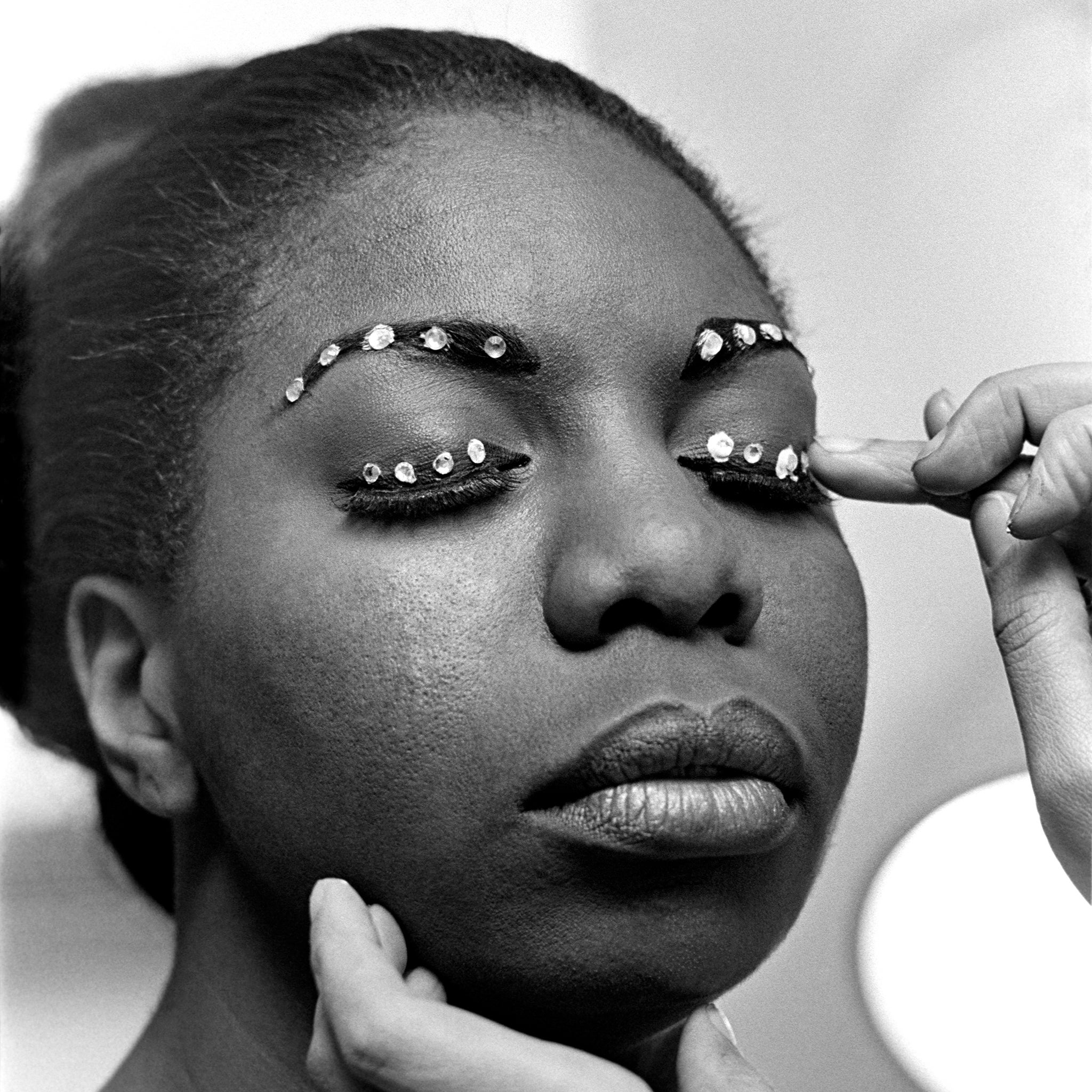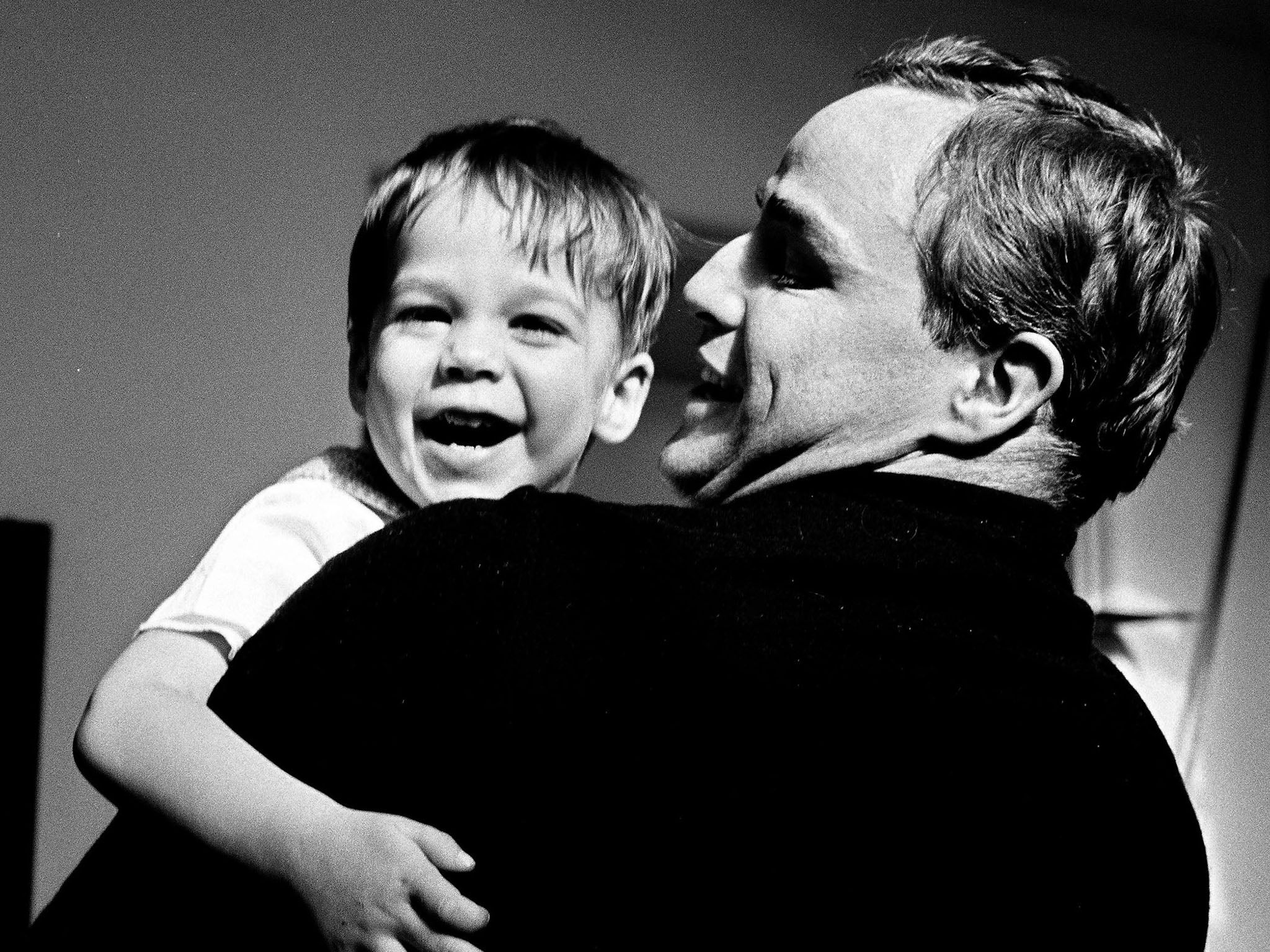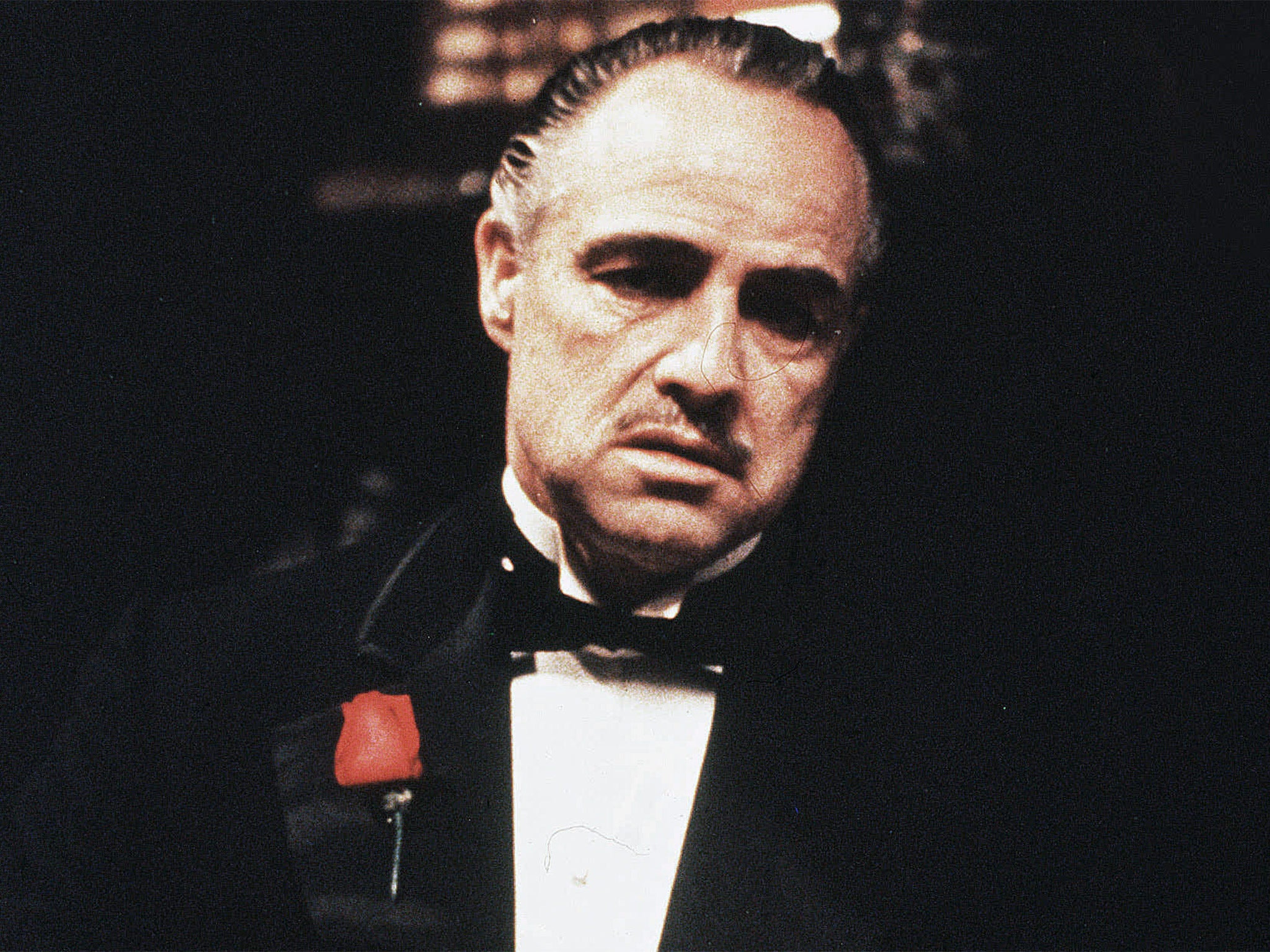The lives of Marlon Brando and Nina Simone brought back in two new documentaries
Premiering at the Sundance Film Festival, the two superstars, both of whom died more than a decade ago, will now be heard telling their own stories

Your support helps us to tell the story
From reproductive rights to climate change to Big Tech, The Independent is on the ground when the story is developing. Whether it's investigating the financials of Elon Musk's pro-Trump PAC or producing our latest documentary, 'The A Word', which shines a light on the American women fighting for reproductive rights, we know how important it is to parse out the facts from the messaging.
At such a critical moment in US history, we need reporters on the ground. Your donation allows us to keep sending journalists to speak to both sides of the story.
The Independent is trusted by Americans across the entire political spectrum. And unlike many other quality news outlets, we choose not to lock Americans out of our reporting and analysis with paywalls. We believe quality journalism should be available to everyone, paid for by those who can afford it.
Your support makes all the difference.Marlon Brando and Nina Simone tell their own life stories from beyond the grave in two documentaries premiering at the Sundance Film Festival. Both, What Happened, Miss Simone? and Listen to Me Marlon use recently unearthed audio tapes that have been cut together to give a biographical account of their lives.
Listen to Me Marlon director Stevan Riley was given access to audio tapes that Marlon Brando kept in a bunker on his estate in Los Angeles. The tapes, in a variety of formats, include Brando giving himself hypnotherapy sessions where he would talk about aspects of his life. British director Riley, best known for making documentaries on the James Bond series (Everything or Nothing) and the West Indies’ all-conquering 1970s and 1980s cricket team (Fire in Babylon) has used these unheard audio tapes to divide Brando’s life into three distinct parts: his boyhood growing up in Nebraska, his career as a movie star, and then his ramblings as he was secluded in his LA home away from the limelight, and which pivots on the events around the 1990 fatal shooting of his daughter’s boyfriend Dag Drollet by his son Christian. In a truly remarkable feat of film-making, Brando is the only voice we hear in the film. There are no talking heads, just archive footage and some re-enactments.
What Happened, Miss Simone? is the new film from Oscar-nominated documentarian Liz Garbus (Bobby Fischer Against the World) who mixes audio interviews recorded over three decades in which Nina Simone discusses her life story. This audio has been woven together with rare concert footage, archival interviews, diaries, letters and interviews with her friends and family, to paint a portrait of Simone as classically trained pianist, dive-bar chanteuse and Black Power icon.

For Stevan Riley, using the actual thoughts of Brando, who died in 2004 aged 80, was the only way to fairly represent the screen icon. “When I started the project I immersed myself in the books and all the material that I could get a hold of. There is a lot of reading material, written by a myriad of people, ex-lovers, friends, personal assistants who often would live with him and have relationships with him, and it was interesting because it was like reading about a different person each time.”
Unable to get a grasp on Brando, Riley went to Los Angeles and spoke to people who were close to him – actor Harry Belafonte, some of his ex-assistants, his children. “I got these different versions of Marlon and it was really quite hard to figure all the different sides of his character. He kept his life quite compartmentalised.”
The key to unmasking the acting icon was to be found in an archive that Brando kept on his estate. Someone working on the estate got in touch with the production company and revealed that there were tapes on the estate that for the right project they would give access to. Riley discovered that Brando had made more than 200 hours of tapes. This included his notes on the characters he was about to play, opinions on films and directors, as well as tapes from later in his life where Brando would give undergo self-analysis as well as tapes of him conducting acting classes with the great and good of Hollywood.

“There was lots of stuff,” recalls the director. “He talks very openly. There was a masterclass from Brando on acting and it ended up being a personal tale of his life, it really is Brando reflecting on how his life came to the point where there was the tragedy in his household. He is so deeply enquiring and so desperate to discover his own essence.”
During his life Brando came across as a recluse. He battled with his weight in his final years and rarely ventured from his Los Angeles compound. On the rare occasions he did do interviews he would not talk about himself, not even his films, often preferring to concentrate on talking about Native American issues or civil rights. This was a man who famously didn’t pick up his Oscar for The Godfather, instead sending Native American dressed Sacheen Littlefeather (born Marie Louise Cruz) to make a statement on the treatment of American Indians by the film industry.
When he did speak, the actor also said he didn’t care for memorabilia and prizes. This, it turns out, was only partially true. He kept a bunker on his estate where he would put all of his awards and memories, most of it in cardboard boxes, but conversely he also kept a log. Yet the fact that Brando seemed so private while he was alive begs the ethical question of whether it’s right that these private moments should now be made public.

Watch Apple TV+ free for 7 days
New subscribers only. £8.99/mo. after free trial. Plan auto-renews until cancelled

Watch Apple TV+ free for 7 days
New subscribers only. £8.99/mo. after free trial. Plan auto-renews until cancelled
Riley left such choices up to the Brando estate, the legal rights holders: “It’s strange in a way, I was told by the people who run the estate that this is a film that Marlon would have wanted, and that’s odd because it does show him warts and all, and there was a huge amount of attention to detail to really understand him and read between the lines, to tell this story of an American icon and abbreviate it to 90 minutes. It’s a long time to sit in the cinema but a short time to tell a life.”

On the voice-over, Brando ventures back to his early childhood, where he wonders about the habits that were intrinsic to him. His relationships with his parents were significant; he believed he could never do anything to please his father, a pesticide and chemical-feed manufacturer who left his mother when Brando was 11. The actor penned an autobiography called Songs My Mother Taught Me, writing how she was an actress herself, but his most significant memories were of her alcoholicism. “It took me a long time to get to know him,” says Riley. “I kept finding all these contradictions, and it took me a long time to get to know his sense of humour, his subtleties, when he was being serious and all those hidden elements. He spoke a lot about that, that people are always trying to hide something, and what we did was try to find those places where Marlon was trying to hide something.
“He chases his ability to mimic back to his childhood, when you first learn to act and are trying to get attention from your parents. He says acting was about getting attention from his mother and that people like to see reflections of themselves and if he could mimic other people they might like him more.” The director says that there is an added power that the film gives because the only voice we hear is that of Brando.
“Because you are hearing it first person, you really feel that you are participating in life with him, even I find that. Because it’s so personal and objective in having him deliver his entire story. I’m not sure how many cases there are of taking archive footage and doing that, not of the deceased. I’m sure it has been done, but certainly less so when there are no talking heads or other people at all. It means you have a private audience with Brando himself.”
Join our commenting forum
Join thought-provoking conversations, follow other Independent readers and see their replies
Comments